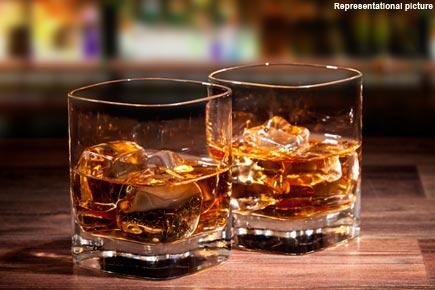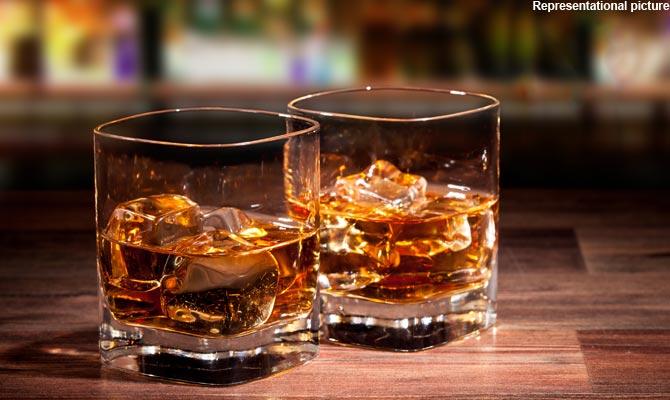Did you know that the brewing of Scotch whisky was recorded for the first time on this day in 1495...

Scotch whisky
Did you know that the brewing of Scotch whisky was recorded for the first time on this day in 1495.
ADVERTISEMENT
The liquor evolved from a Scottish drink called uisge beatha, which means "water of life". It was brewed by a monk named Friar John Cor according to the Scotch Whisky Association. He was the distiller at Lindores Abbey in the Kingdom of Fife.

The Exchequer Rolls of Scotland records eight bolls of malt given to Friar John Cor wherewith to make aqua vitae over the previous year. This would be enough for 1,500 bottles, which suggests that distillation was well-established by the late 15th century.
All Scotch whisky was originally made from malted barley until the late 18th century when commercial distilleries began introducing whisky made from wheat and rye.
Scotch whisky is divided into five distinct categories:
>> Single malt Scotch whisky
>> Single grain Scotch whisky
>> Blended malt Scotch whisky (formerly called "vatted malt" or "pure malt")
>> Blended grain Scotch whisky
>> Blended Scotch whisky.
All Scotch whisky must be aged in oak barrels for at least three years. A whisky with an age statement is known as guaranteed-age whisky.
It is imperative for the age statement, which is generally expressed in numerical form on a bottle of Scotch whisky to reflect the age of the youngest whisky used to produce that product.
Scotch whisky drinkers will ideally refer to a unit for drinking as a dram.
Whisky production was first taxed in 1644, causing a rise in illicit whisky distilling in Scotland. There were eight legal distilleries and 400 illegal ones by 1780. The UK Parliament eased restrictions on licensed distilleries with the "Excise Act" in 1831. It made it harder for the illegal stills to operate, thereby ushering in the modern era of Scotch production.
Two events contributed to whisky's popularity:
>> The introduction of the column still in 1831. Whisky produced with this process was cheaper to make and also less intense and smoother, because a column still can perform the equivalent of multiple distillation steps in a continuous distillation process.
>> The phylloxera bug destroyed wine and cognac production in France in 1880.
 Subscribe today by clicking the link and stay updated with the latest news!" Click here!
Subscribe today by clicking the link and stay updated with the latest news!" Click here!






